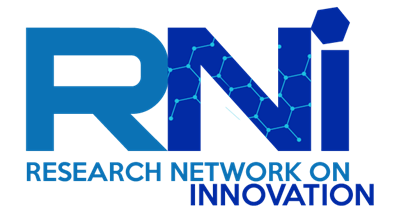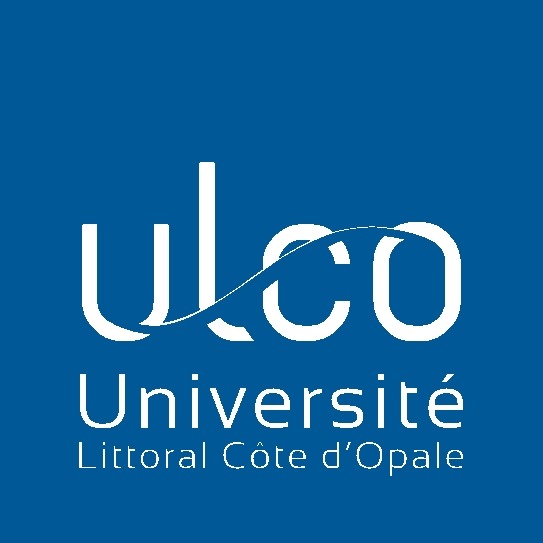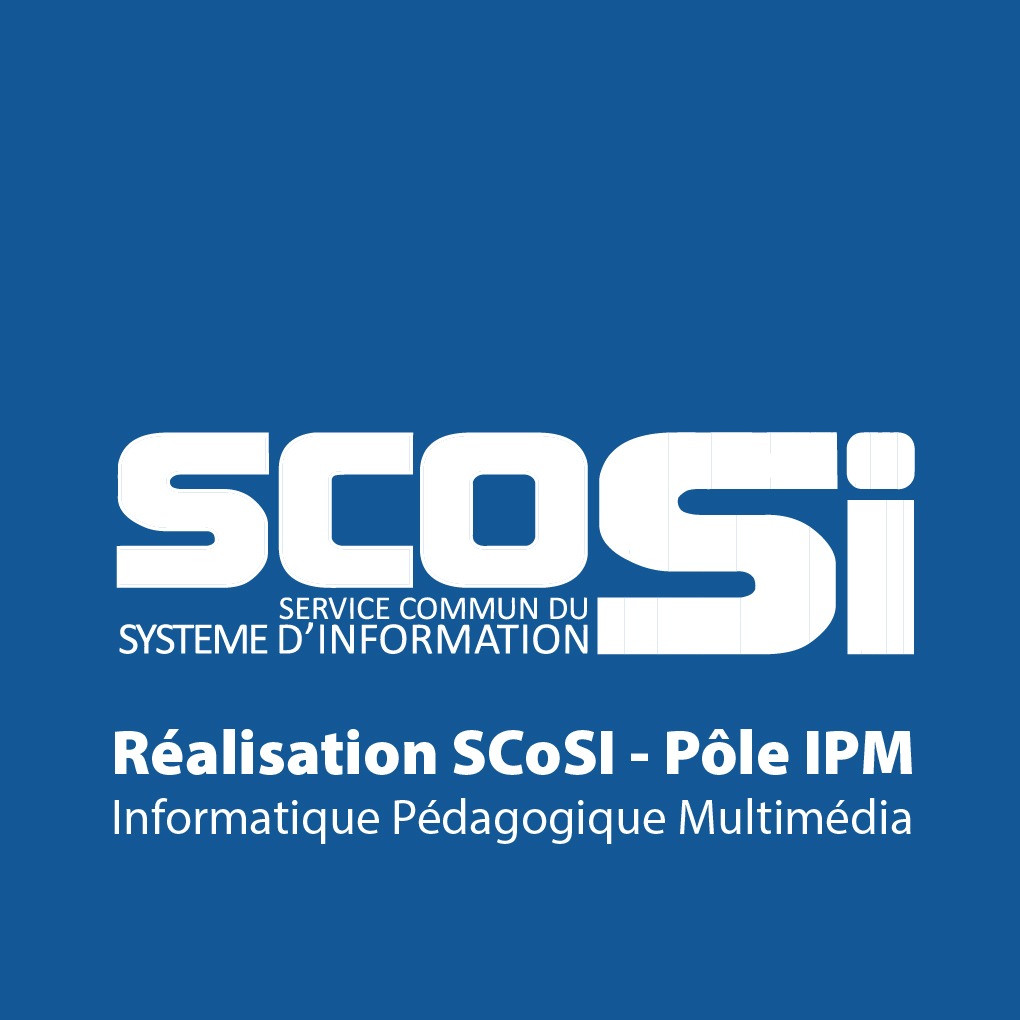Agile and Creative Enterprise
Many companies confronted by global competition and the sudden emergence of new solutions have been forced to accelerate and improve their production processes. Thus, many of them have opted for agile, flexible methods in order to be more efficient and creative as a start-up. Soon, almost all innovative and creative companies will be affected by this movement.
“Agile” methods have proved to be effective over the past twenty years in the field of IT development and their success has made them known well beyond this field alone. Among the key principles for their implementation[1] is management based on smaller teams (fewer than twenty people) operating in a short iterative mode (cycles of 1 to 4 weeks in general), where the user is (again) at the heart of the concerns and, as far as possible, participates in the design process. By its very nature, the success of an agile team depends on its ability to quickly provide a satisfactory response to the client (or other recipients), even if it no longer necessarily corresponds to the one initially defined in a specification.
In terms of creativity and innovation processes, agility must counter internal rigidities, the slowness of certain robust processes and encourage questioning about what seems unchangeable. Therefore, it is necessary to be able to know where, how and when to create and share useful ideas. It is therefore necessary to map out certain areas of knowledge generation and transformation within an organization, and then, if only occasionally, to test changes in methods or their ability to adapt to significant and sudden change.
To remain in the agile spirit, this type of mapping must be considered at different scales of the community and target rapid, realistic, modifiable changes that can benefit from rapid feedback to assess the relevance of the transformations made. Therefore, creative teams can be encouraged to use new tools, integrate new profiles or face a challenge to test their resilience to change (for example, a crisis exercise requiring a rapid and innovative response). The groups and departments in charge of innovation may also consider what would allow them to significantly improve their activity in terms of material, human and information needs. To open up to new perspectives, teams can be introduced to these new modes of operation using agile games[2] and decision-makers can ask themselves the question of the predictability (from a competitive point of view) of the company’s innovation processes. In this sense, it is worth asking any innovative company this question: among all forms of innovation, does the company too often use to the same methods, while others could all be equally relevant?
Stéphane Goria
University of Lorraine, France
More:
 |
Information, Knowledge and Agile Creativity
|



